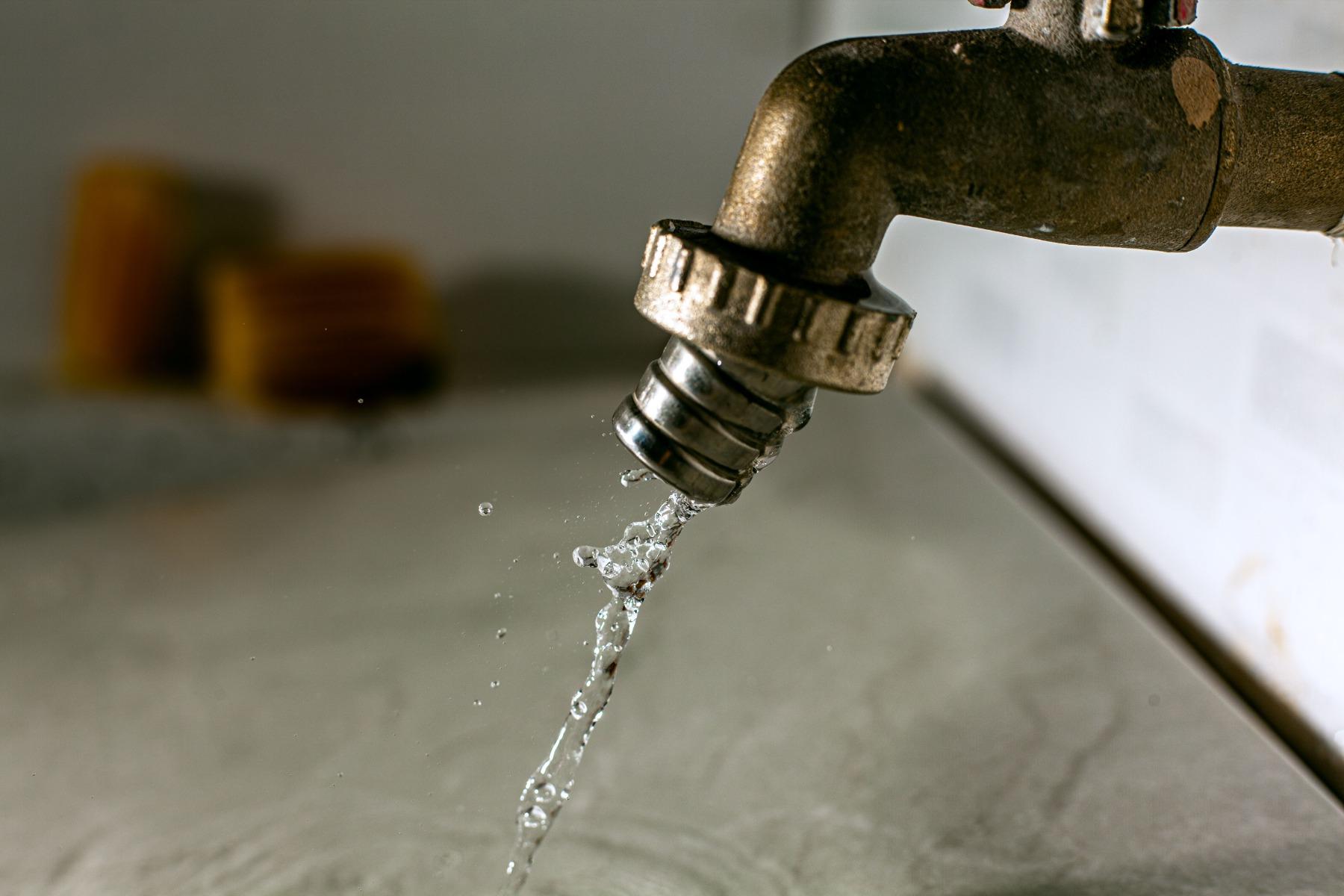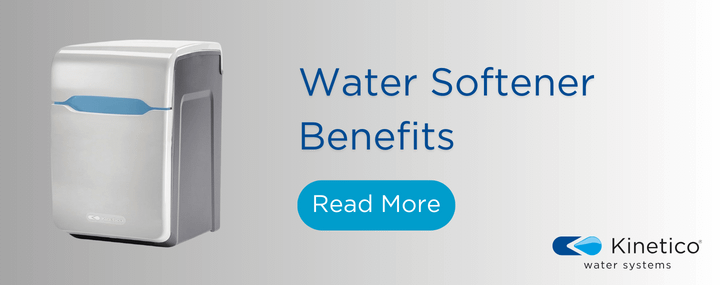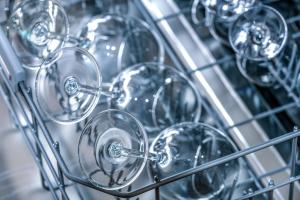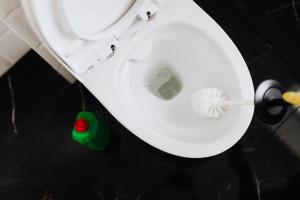
There’s nothing worse than jumping in the shower after a long day, only to be frustrated by the weak trickle of water from your shower head. Low water pressure can present a range of irritating issues resulting from the decreased water flow, affecting the speed at which appliances, like washing machines, complete their jobs - and it can even stop them from working correctly.
In this guide, we’ll uncover the signs of low water pressure, common causes of low water pressure, and how installing a water softener can help solve the issue - so you can get back to having good water pressure in your household.
What is the Right Water Pressure for a Household?
You want to aim for water pressure around 3 - 4 bar ( 40 - 60 psi). Anything above 5.5 bar (80 psi), the maximum pressure most appliances can withstand, is too high, and you risk causing damage to your pipes, taps, and other fixtures due to increased stress. On the other hand, low water pressure below 3 bar (40 psi) can present irritating issues like slow water flow.
What are the Signs of Low Water Pressure in a Household?
If you’re unsure if you’re experiencing low water pressure, these signs should help clear things up:
- Slow-filling fixtures (such as bathtubs and sinks).
- Weak shower spray.
- Inadequate toilet flushing.
- Poor appliance performance (such as dishwashers and washing machines).
What Causes Low Water Pressure?
At Kinetico, we break down five of the most common causes of low water pressure in a household:
1. Limescale Buildup (Blocked Pipes)
If you live in a particularly hard water area, which you can check using our hard water map, your home may fall victim to the unfortunate limescale buildup. To briefly explain the science behind this, hard water areas are naturally higher in harmless minerals such as calcium and magnesium, leaving calcium deposits behind when passing through pipes. These calcium deposits then cause restricting blockages in the pipework, making it difficult for water to pass through, leading to a weak and slow water flow.
Installing a water softener will reduce the amount of limescale in your home through a chemical exchange - working to prevent the mineral build-ups that cause clogged pipes, thus improving water pressure.


2. Leaking Pipes
If your pipes are leaking, water flow is being re-directed elsewhere, reducing the amount of water coming out the end of your pipes. Not only will this cause a hefty drop in water pressure, but this issue will inevitably increase the cost of your water bills and potential damage to other areas of your home - which no one wants!
We recommended turning off the main house shut-off valve and calling a professional to fix the issue for you.
3. Closed Or Faulty Main Shut-off Valve
Checking if your main shut-off valves are functioning correctly and fully open is a good idea. If a valve has been left partially or fully closed, this will limit the amount of water that can pass through. Simply open the valve to fix this issue.
If this isn’t the case, and your main shut-off valve looks damaged, then, as mentioned previously, it’s best to call a professional to carry out some repairs.
4. Faulty Fixtures


Are you noticing the issue of weak flowing water is only present in one area of your home, e.g. just your kitchen tap? Then, this may be the result of a faulty fixture rather than an issue with low water pressure that affects every water appliance in your home.
Your faulty fixture will need to be repaired or replaced by someone who knows what they’re doing, like a professional, depending on the problem.
5. Failing Water Pump
Another potential cause of low water pressure is a failing water pump. Signs of this include:
- Spitting faucets - the release of trapped air when turning on a tap. (This can often be quite noisy, too).
- Cloudy or murky water.
- A rise in electricity bills.
- Weak water flow.
Simple issues with your water pump can usually be repaired at a reasonable price. However, for those complicated issues, replacing the water pump altogether may be easier and more cost-effective.
Seeking the advice of a specialist is always suggested, as they can properly diagnose the root cause and repair any existing damage.
Can A Water Softener Cause Low Pressure?
After installing a water softener, it’s not uncommon to experience a slight drop in water pressure. However, at Kinetico Water Systems, our state-of-the-art water softeners have been designed and manufactured with a high flow rate to exceed current households' water flow demands.
It’s vital to understand that you’ll need a water softener to keep up with the specific needs of your particular household, which vary depending on how often appliances are used. If you opt for a water softener too small, it’s likely to cause issues with low water pressure, as it won’t be able to keep up with demand. For households with a minimum of four bathrooms, our Premier Maxi Water Softener is a suitable and reliable solution for you.
So, to summarise, if you’ve recently installed a water softener but are experiencing issues with a weak flow, you may need a more extensive water softener that can keep up with your water usage - providing you’ve checked all other potential causes first.
Water softeners can bring many other benefits to your household, skin and hair. Visit our Kinetico website today to learn more.










